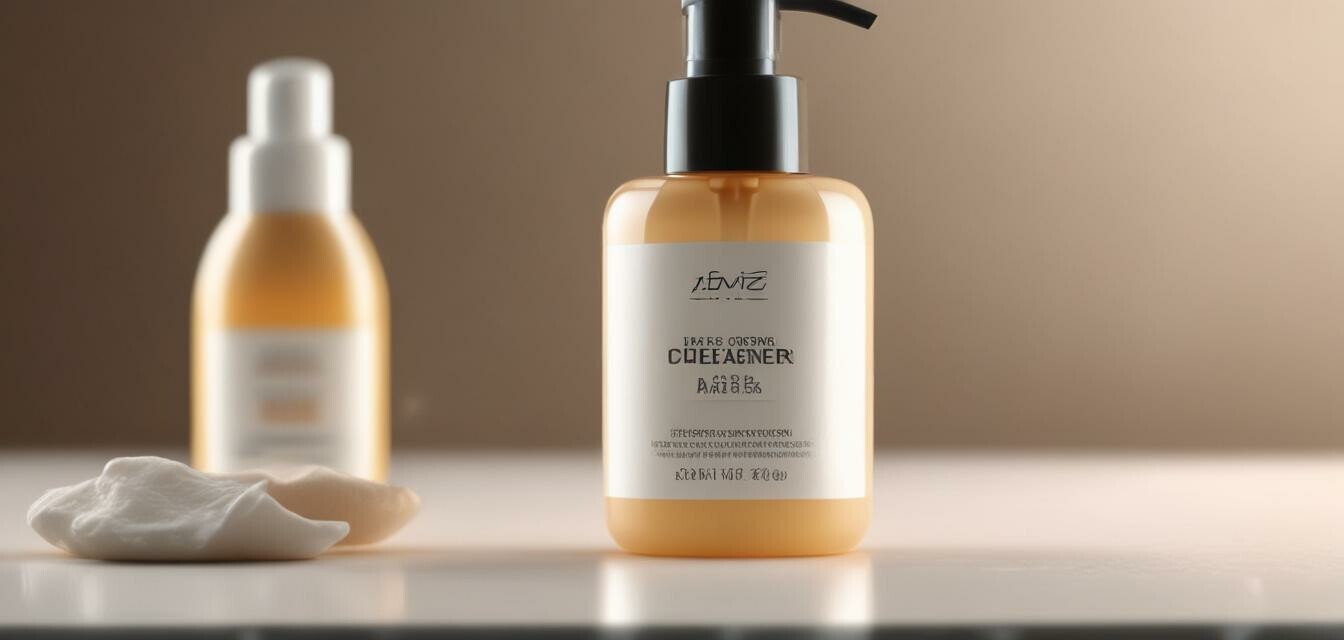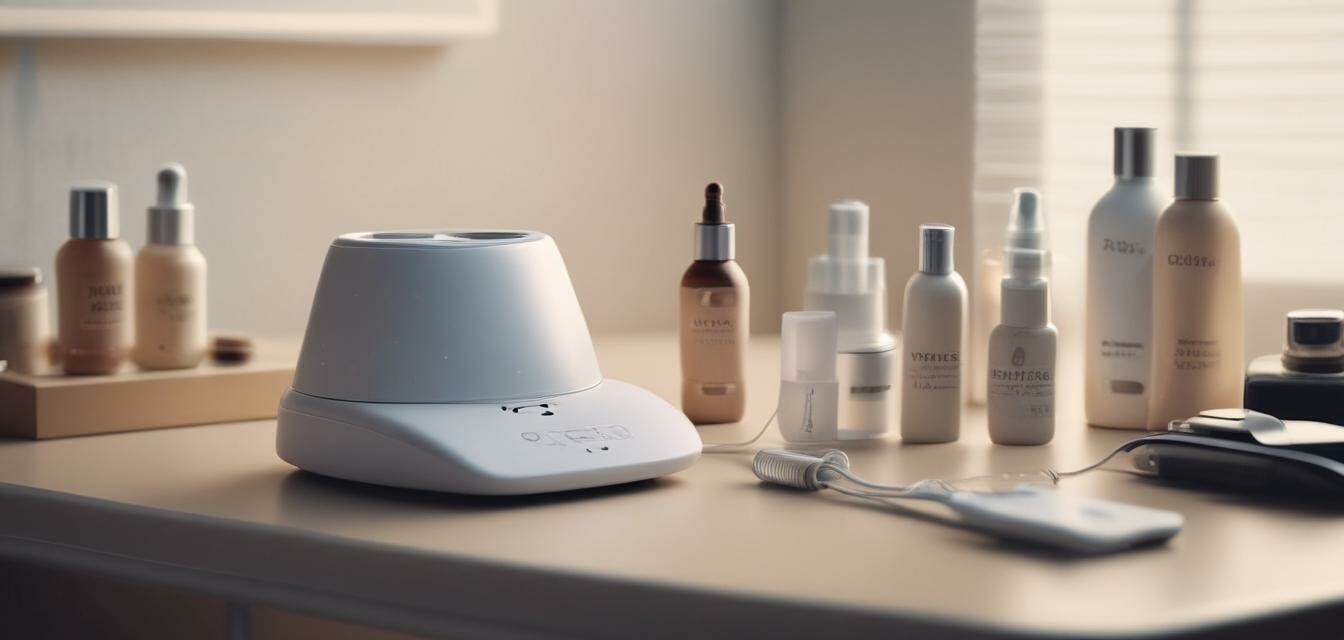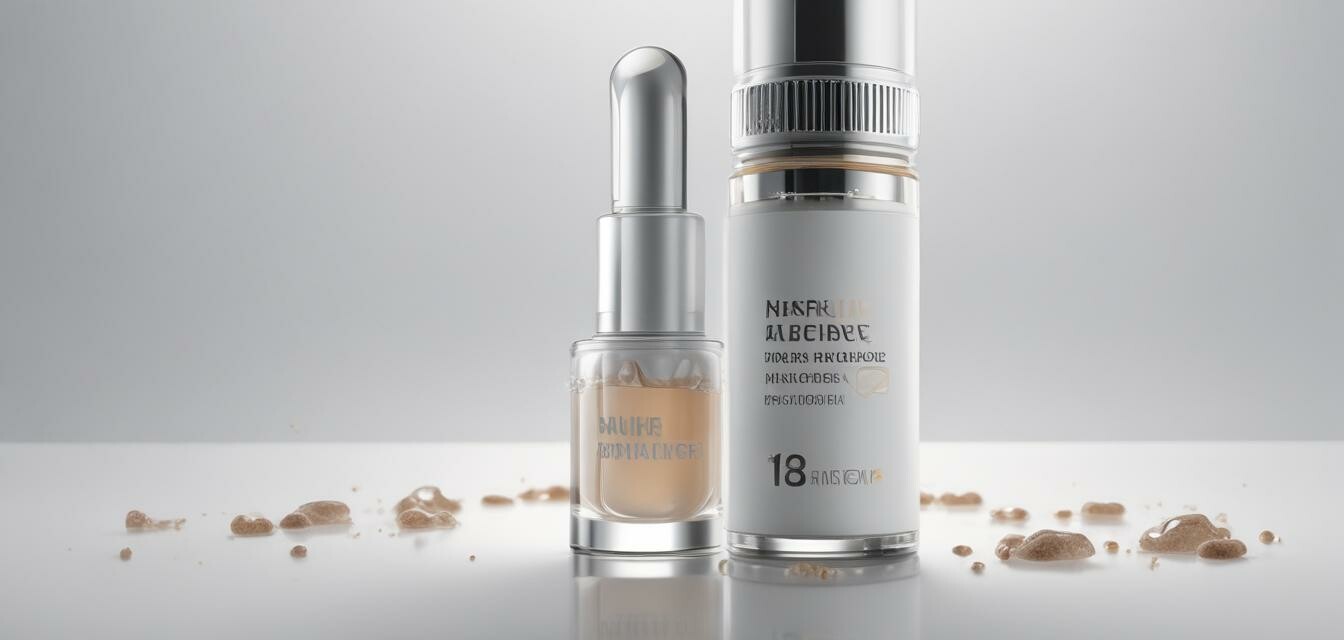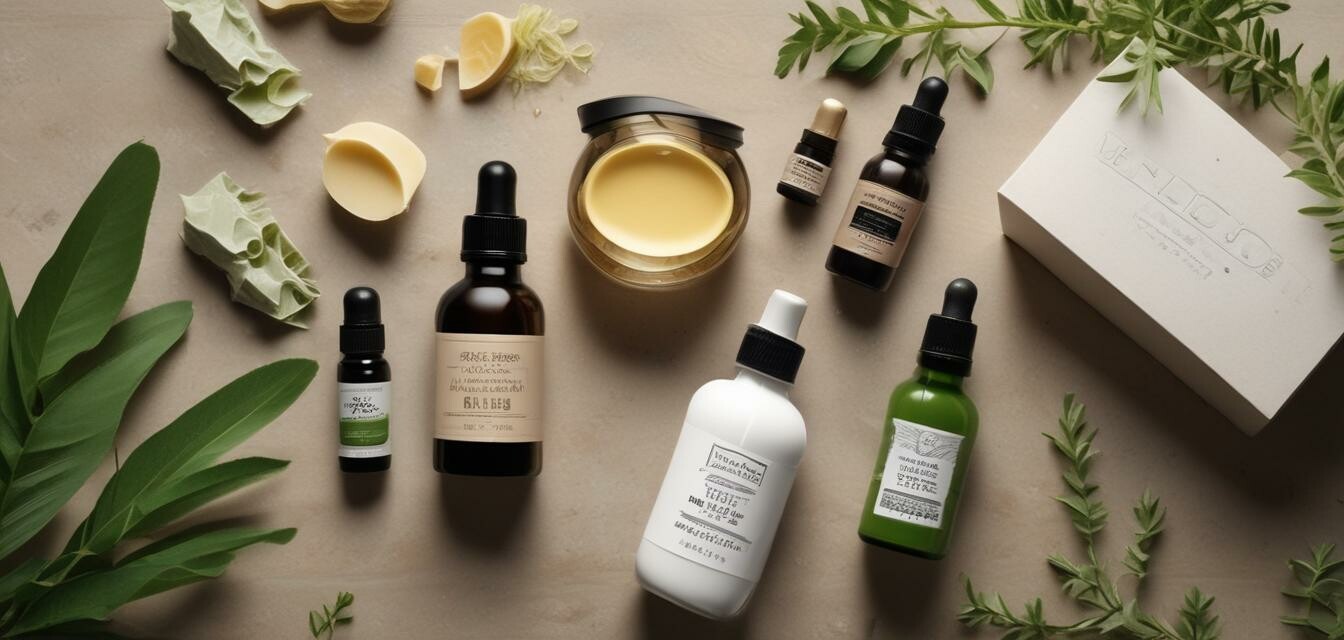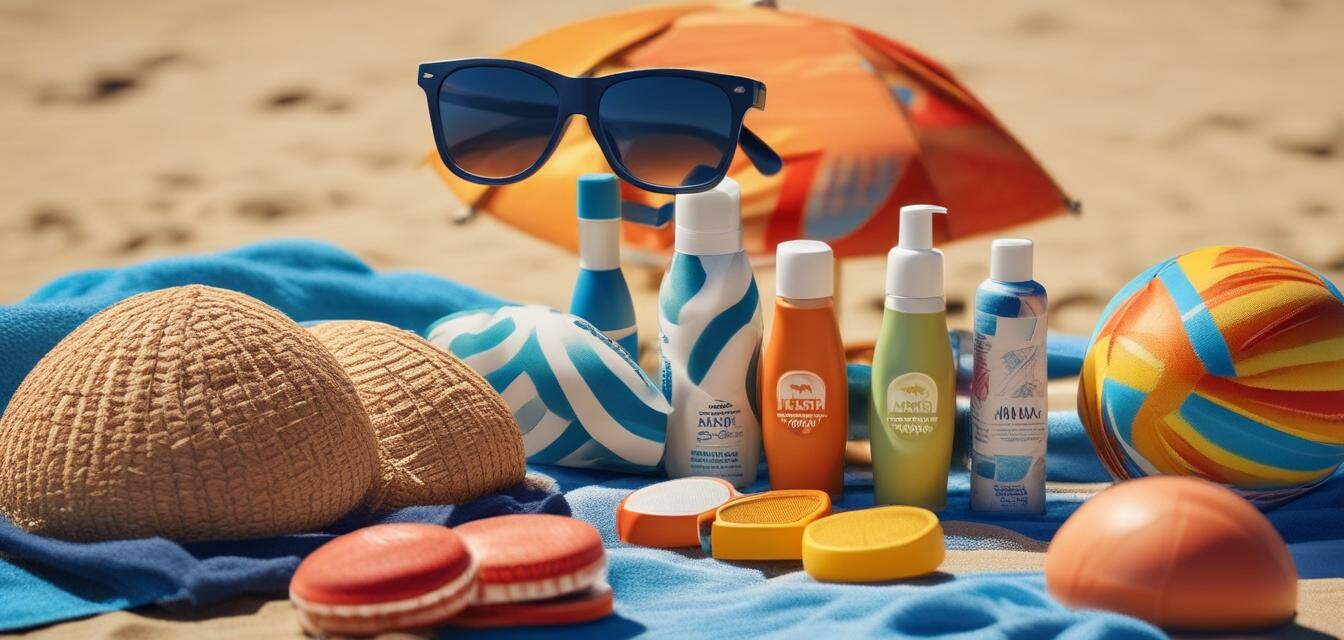
Sunscreens and Sunblocks
Explore the best sunscreens and sunblocks for effective sun protection tailored to your needs. Understanding the differences between these two types of sun protection can help you make informed choices for your skin and lifestyle.
Key Takeaways
- Sunscreens absorb UVA and UVB rays while sunblocks reflect them.
- Choose a broad-spectrum sunscreen for maximum protection.
- The higher the SPF, the greater the protection against UVB rays.
- Reapply every two hours or after swimming or sweating.
- Consider your skin type and activities when selecting a product.
Understanding Sunscreens and Sunblocks
Sunscreens and sunblocks can be easily confused, but they serve different purposes. Both are essential for protecting your skin from harmful UV rays, but they work in different ways.
What is a sunscreen?
Sunscreen contains chemical ingredients that absorb UV radiation, preventing it from penetrating the skin. It's typically lighter and easier to apply, making it suitable for daily use.
What is a sunblock?
Sunblock, on the other hand, contains physical ingredients that create a barrier on the skin’s surface, reflecting UV rays away from the skin. This can be a better option for sensitive skin or for prolonged outdoor activities.
Types of Sunscreens and Sunblocks
| Type | Description | Best For |
|---|---|---|
| Chemical Sunscreen | Absorbs UV radiation using organic compounds. | Daily wear, non-sensitive skin. |
| Physical Sunblock | Reflects UV radiation using minerals like zinc oxide or titanium dioxide. | Sensitive skin, water activities. |
| Water-Resistant Sunscreens | Remain effective in water for a specified time. | Swimming, outdoor sports. |
| Tinted Sunscreens | Provides coverage and protects against visible light. | Daily wear, light makeup. |
Choosing the Right Sunscreen or Sunblock
When selecting the right product, consider the following factors:
- Skin Type: Oily, dry, or sensitive skin may react differently to certain ingredients.
- SPF Level: Aim for a minimum SPF of 30 for daily use.
- Broad Spectrum: Ensure it protects against both UVA and UVB rays.
- Water Resistance: Choose if you plan to swim or sweat.
How to Apply Sunscreen and Sunblock Effectively
Proper application is crucial for maximum protection.
- Apply sunscreen or sunblock generously to all exposed skin.
- Reapply every two hours, especially after swimming or sweating.
- Don't forget hard-to-reach areas like the back of the neck and ears.
- Use a sufficient amount: about one ounce for full body coverage.

Common Misconceptions
Pros
- Protects against skin damage and aging.
- Available in various formulations for different skin types.
- Easy to incorporate into daily skincare routines.
Cons
- May cause allergic reactions in sensitive individuals.
- Possible irritation for certain skin types.
- Requires regular reapplication for ongoing protection.
Popular Ingredients in Sunscreens and Sunblocks
Understanding sunscreen ingredients can help you choose the best product for your needs.
| Ingredient | Type | Function |
|---|---|---|
| Zinc Oxide | Physical | Blocks UVA/UVB rays effectively. |
| Octisalate | Chemical | Stabilizes sunscreen formulas. |
| Avobenzone | Chemical | Provides broad-spectrum protection. |
| Titanium Dioxide | Physical | Reflects UV rays. |
Always check the product label for ingredient safety and potential allergens.

Conclusion
Sunscreens and sunblocks are essential for anyone looking to protect their skin from the sun’s harmful rays. Whether you're running errands, spending a day at the beach, or simply enjoying the outdoors, finding the right product tailored to your skin type and lifestyle is crucial. For more information on related topics, check our categories on sunscreens, moisturizers, and exfoliators.
Tips for Choosing Sunscreens and Sunblocks
- Consider the season and environment when selecting SPF.
- Consult with a dermatologist if uncertain about which product to choose.
- Stay safe by avoiding sun exposure during peak hours (10 AM to 4 PM).
- Look for eco-friendly options if you're concerned about environmental impact.
